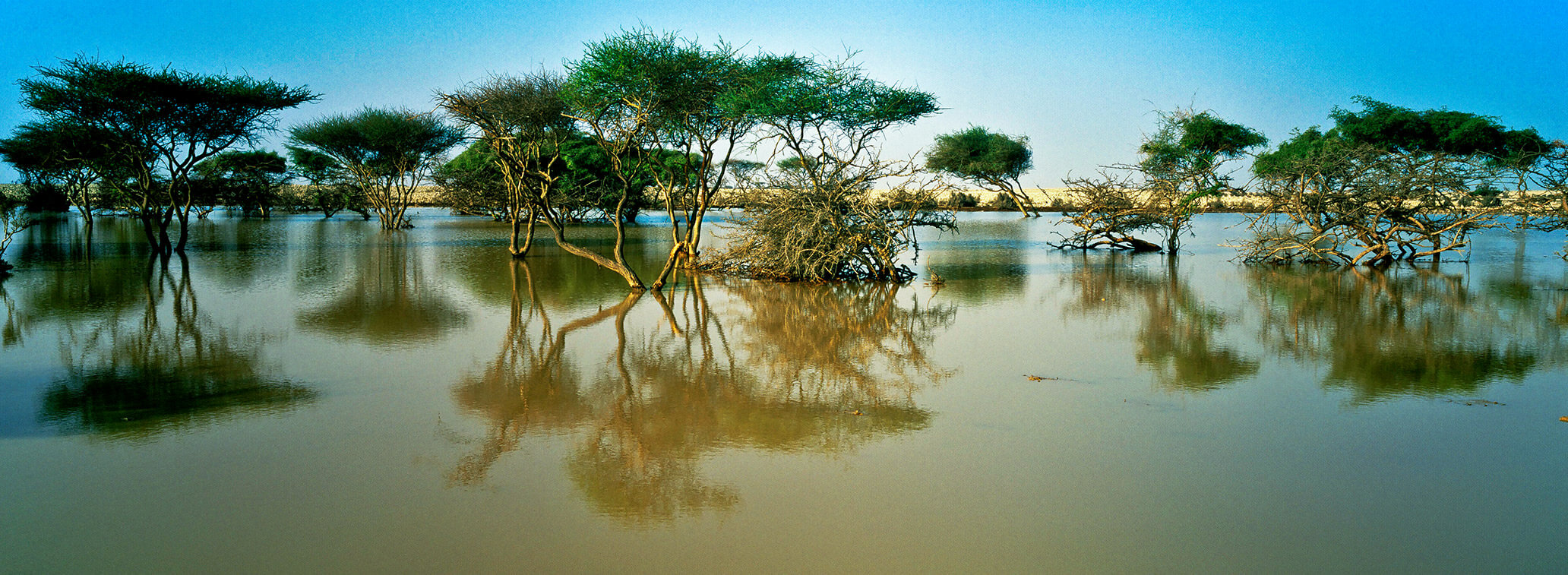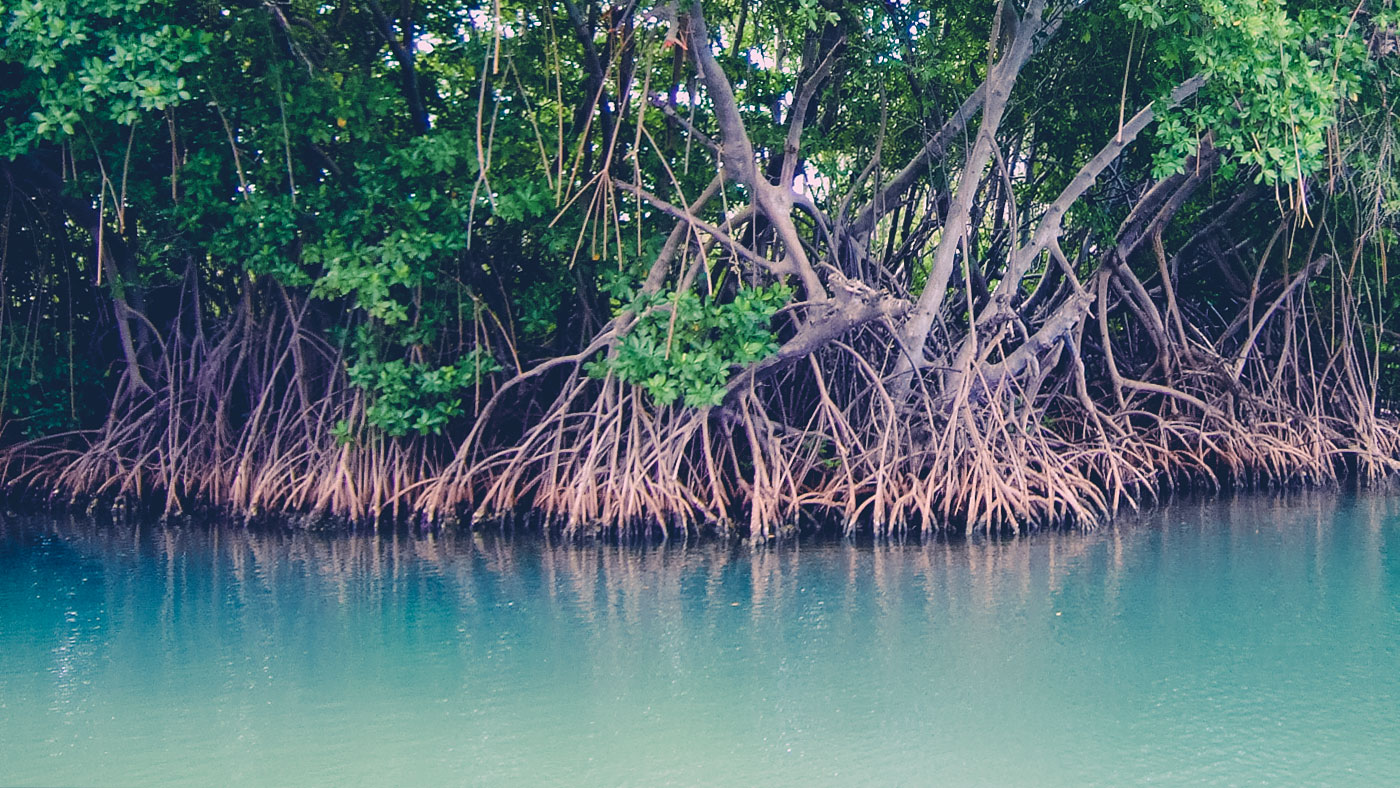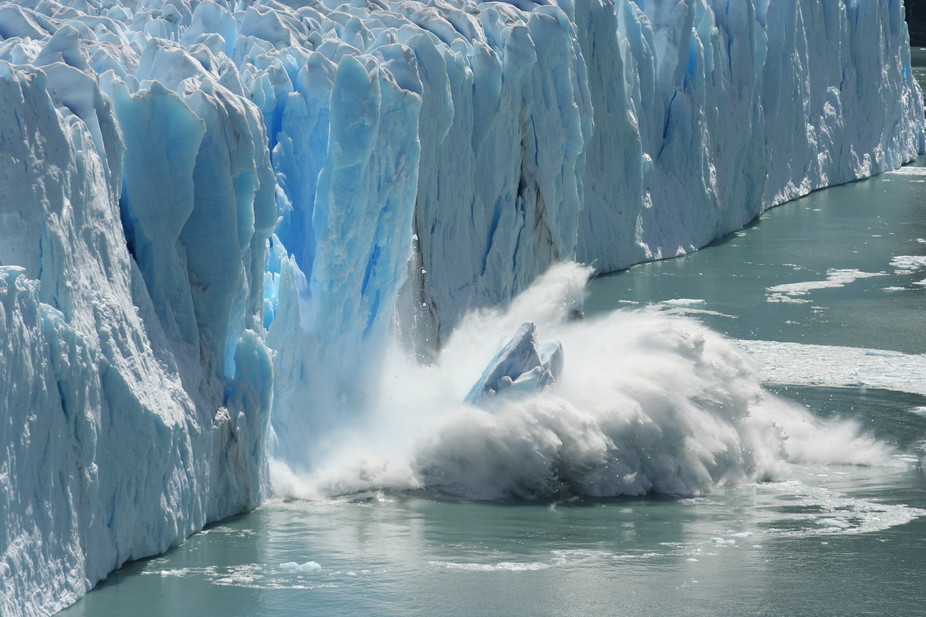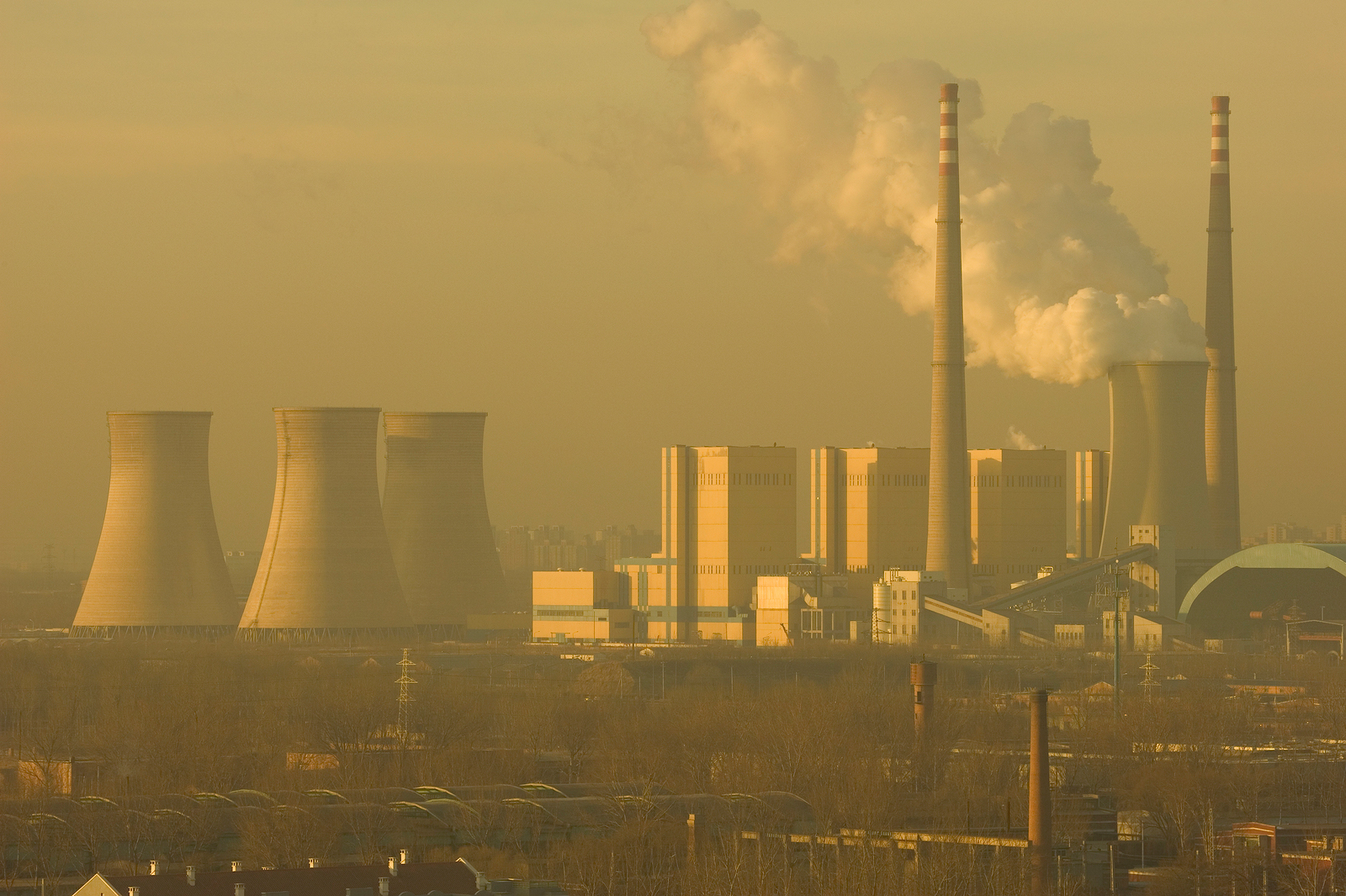3-Not all mangroves are created equal.
Mangrove ecosystems are some of the most biologically diverse on the planet. There are over 70 species of mangroves found in 136 nations across the world. Each mangrove species is uniquely suited to its ecological niche — the wrong kind in the wrong place won’t survive. After Typhoon Haiyan devastated the Philippines’ coastal communities, the government committed to planting one million mangroves. Unfortunately, many were planted without regard to getting the right species in the right place, and many of the trees died.
4-Mangroves give the coastline its shape.
Mangroves actually hold the coastline in place, giving it its shape. They help to protect from coastal erosion and provide protection from storms. Once they are gone, the land erodes, and tides and currents reshape the coastline, making it difficult or impossible for mangroves to grow back in their former habitats.
The calm, clear water in Bird's Head allows corals to grow very near the surface in this unique environment.
5-Mangroves may help fight coral bleaching.
Young corals grow among mangrove roots, and healthy mangrove forests could provide shelter for coral species at risk of extinction from coral bleaching.
Mangroves: weathering the storm
Mangroves aren't just crucial for mitigating climate change. Their dense root systems can help protect communities from storm surges, saving lives and shielding infrastructure during tropical storms and hurricanes.













Comment